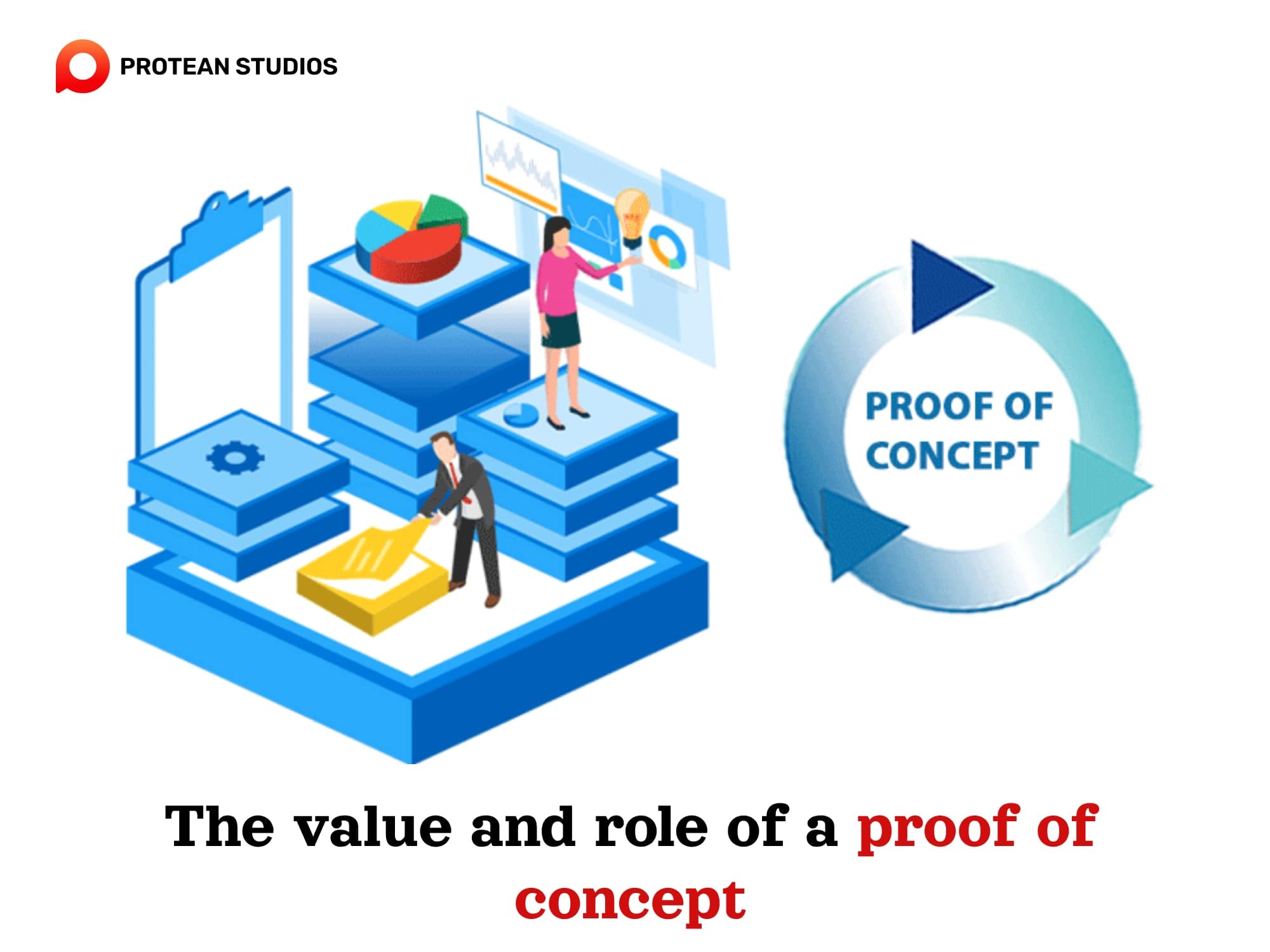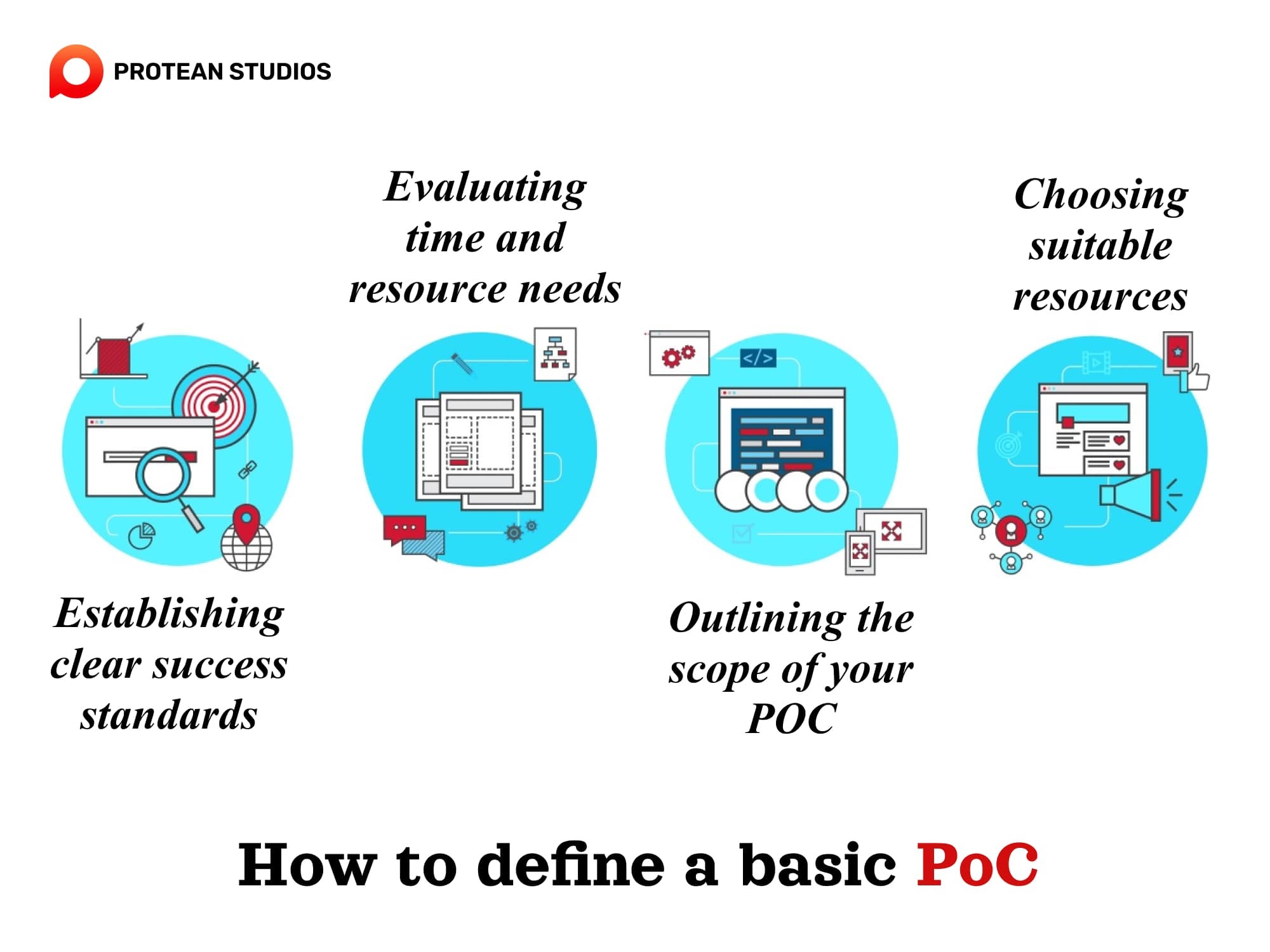In the modern technology world, a proof-of-concept (PoC) is like a trial run for groundbreaking ideas. It's the initial test to know if a concept can work in real life. Thus, POC is very important during the business operational process. But what exactly is a PoC, and why is it so important? In this article, we will share some background information about this concept for people to understand clearly.
What does the term Proof of Concept (PoC) mean?
A proof-of-concept (PoC) is a small-scale experiment designed to prove the feasibility of a new idea, product, or process. It is a way to test the waters and see if your idea has legs before investing in its development.

PoCs play a crucial role in an organization's product development journey. Project managers can also use POC documents as a framework while implementing a product development process. Many industries, including the hardware, manufacturing, IT outsourcing, science, and engineering sectors, use the POC process to pursue ideas before approving them for further testing and then full-scale production.
Learn more: IT Outsourcing: The Technical Trends For 2023
The value and role of a proof of concept
The proof of concept marks the initial checkpoint for organizations to check the viability of an idea. This step allows companies to consider the practicality of an idea before deploying an untested hypothesis.
Thanks to PoC, companies can identify potential technical and logistical issues and provide suitable changes and solutions. Besides, they can also gather internal feedback on a product or service while minimizing unnecessary risks.
As a result, stakeholders can assess design choices in the development process. At the time, it was easier for individuals or teams to persuade stakeholders, managers, or investors that the core idea was worth pursuing.

For example, in the software development field, a proof of concept can verify the technological feasibility of an idea. It helps developers determine if the chosen tools and methods suit the project. During a PoC, they showcase the essential functions and address potential issues. If successful, it will continue with full-scale development and ensure that the chosen technology is a good fit for the project.
A guide to crafting a PoC
Transforming your idea into a reality requires a strong foundation, and a proof of concept can help you do that. But how do you translate your vision into an informative document? Let's dive into the key steps for writing a POC that sets the stage for success below.
1. Establishing clear success standards
Before you start your PoC, you need to define what success looks like for your project. What specific goals and objectives do you aim to accomplish? How do you plan to measure them? What anticipated outcomes and benefits are you expecting? Having clear success criteria will help you focus your efforts and check your results.
2. Evaluating time and resource needs
A POC needs to be completed within a limited time frame and with a reasonable budget. You should estimate how long and how much it will take to complete your POC and plan. You also need to identify what resources you will need, such as data, tools, equipment, personnel, etc.
3. Outlining the scope of your POC
A POC needs to focus and be concise. Thus, you should outline the scope of your POC, which means defining what aspects of your solution or idea you will test and what aspects are not. This focused approach allows you to gather meaningful data without getting bogged down in unnecessary details.

4. Choosing suitable resources
A PoC is only as good as the tools you use to conduct it. Select the resources that will best support your experiment. This involves choosing the right software, hardware, and data analysis tools, or even recruiting the right people with relevant expertise. Using the right resources ensures your PoC delivers accurate and reliable results.
Read more: Top 3 Outsourced Project Management Methodologies
The success of PoC for a future of innovation
The success of PoC is important for shaping the future of innovation. A well-executed POC is like a stepping stone. It provides essential insights and validation for new ideas or technologies. It acts as a litmus test, helping to determine the viability of innovative concepts before committing significant resources.
Successful PoCs bring confidence to stakeholders and lay a solid foundation for the continued development of groundbreaking innovations. They serve as persuasive evidence that an idea not only has potential but is also technically and practically workable.
In essence, the success of proof-of-concept is instrumental in unlocking the doors to future innovation. It not only ensures the effective implementation of current ideas but also encourages the exploration and pursuit of new, uncharted aspects. Thus driving progress and contributing to the ever-expanding frontier of technological and creative advancements.




